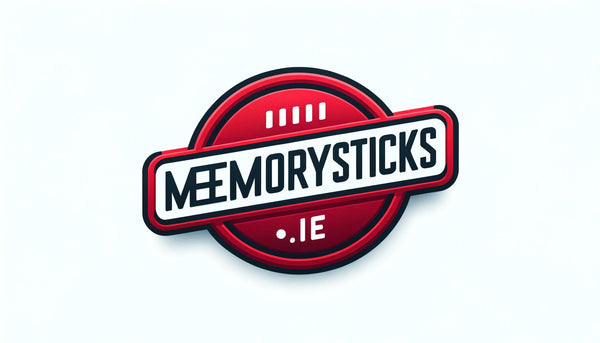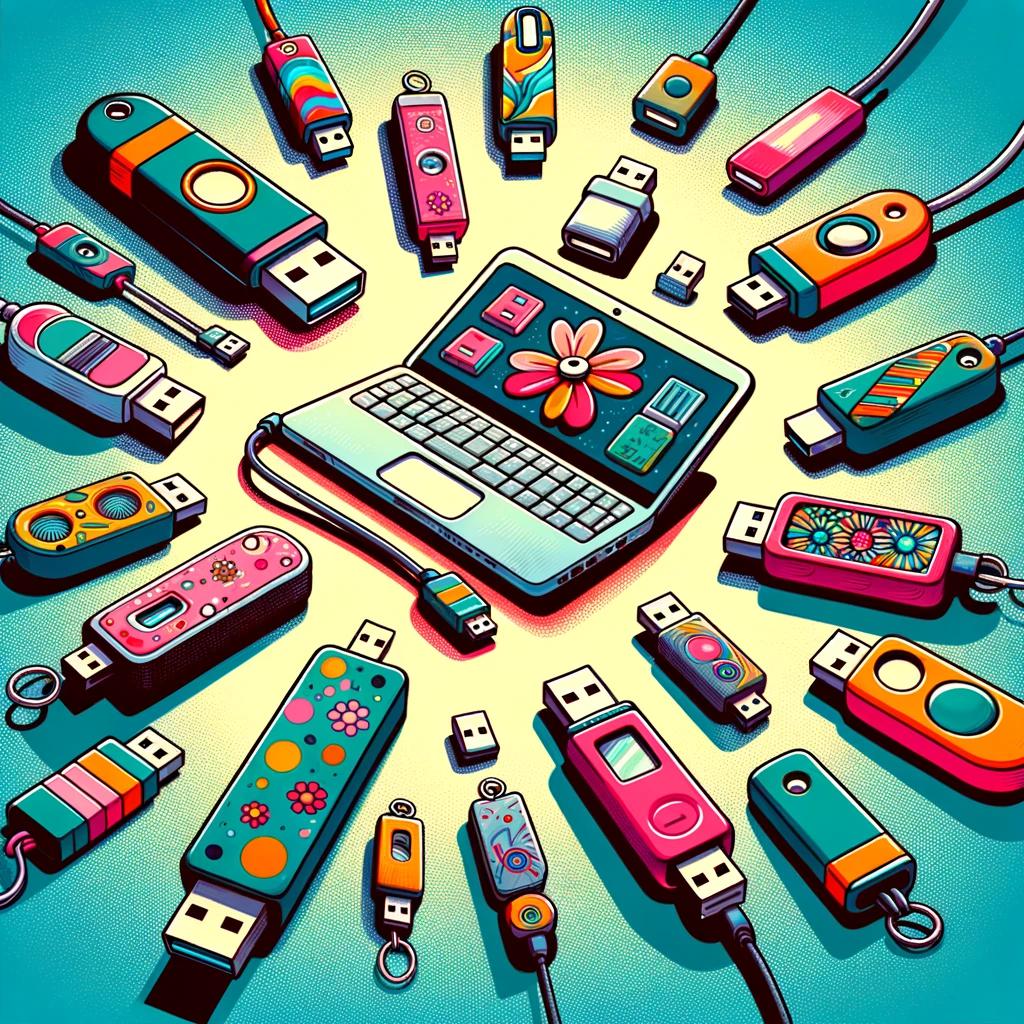Introduction
In an era dominated by digital data, the USB memory stick has become as essential as the smartphone in our pockets. Whether for transferring work files, sharing photos with friends, or carrying entire libraries of music and movies, these compact devices are a marvel of modern technology. But with such a vast array of options available, the question arises: How much memory do you really need on a USB stick?
Understanding USB Memory Stick Capacities
USB memory sticks, or "USB sticks" as they're often called, come in a variety of storage capacities. From the modest 8GB, suitable for storing documents and presentations, to the colossal 128GB, capable of holding tens of thousands of songs or hundreds of hours of video, there's a size for every need. But it's not just about how much data you can cram onto one; it's about understanding the right fit for your digital lifestyle.
Identifying Your Storage Needs
Storage needs vary as much as individual lifestyles. Casual users might only need a memory stick for photos or a place to keep their documents. In contrast, professionals and photographers may require the best USB stick with higher capacity for large files and projects. Identifying your primary use is the first step towards making an informed decision. Will it be for everyday tasks, or do you need a USB flash drive that can handle extensive video editing projects?
How Much Memory Do You Really Need?
- For Basic Documents and Files: 8GB or 16GB USB sticks should suffice. These are perfect for students or professionals who primarily deal with text documents, spreadsheets, and PDFs.
- For Media and Entertainment: Opt for 32GB or 64GB USB sticks. These sizes are ideal for those who like to keep a sizeable collection of music, photos, and videos handy.
- For Large Files and Professional Use: Consider a 128GB flash drive or beyond. These are essential for video editors, graphic designers, and individuals who work with large datasets or software.
Remember, it's not just about what you need today but also considering your future requirements.
Types of USB Memory Sticks
There's more to USB sticks than just storage capacity. The interface type, such as a USB A flash drive or a USB C memory stick, can affect compatibility and transfer speeds. Some models come with added security features, like fingerprint recognition or encryption, making them perfect USB key" for sensitive information. Then there are the USB flash pen drives, which combine functionality with the convenience of a writing instrument.
Cost vs. Capacity
The relationship between cost and capacity in the world of USB memory sticks is a dynamic that requires careful consideration. As storage capacity increases, so too does the price, often exponentially. This price scaling isn't merely about paying more for additional space; it's about investing in the potential to carry more data, more memories, and more possibilities in your pocket. For the budget-conscious consumer, the trick lies in balancing the need for space with the willingness to invest.
For example, while an 8GB USB stick may be incredibly affordable, offering just enough space for basic document storage, doubling this capacity to 16GB often doesn't double the cost, making it a more cost-effective choice for those needing a bit more space. However, as we venture into the realms of 64GB, 128GB, or even larger capacities, the price can jump significantly. This is where understanding your specific needs becomes crucial. Do you really need a 128GB USB stick for college assignments, or would a 32GB USB stick suffice?
Moreover, the advent of sales and discounts can dramatically affect the cost-benefit analysis of purchasing a USB memory stick. Keeping an eye out for deals, especially during holiday sales or back-to-school periods, can lead to significant savings on higher-capacity models. Additionally, purchasing USB sticks for sale from reputable online retailers or considering slightly older models can provide more bang for your buck without compromising on quality.
Maintaining Your USB Memory Stick
Ensuring the longevity of your USB memory stick goes beyond merely choosing a reputable brand like a Sandisk USB stick. Proper care and maintenance can significantly extend the life of your device, safeguarding your data from loss or corruption. Here are a few tips to keep your USB memory stick in top condition:
- Proper Removal: Always eject your USB stick properly from the computer. Abrupt removal during data transfer can corrupt files and damage the drive.
- Physical Care: Keep your USB memory stick away from extreme temperatures, moisture, and direct sunlight. Physical damage, such as bending or dropping, can also compromise its integrity.
- Avoid Overfilling: Constantly maxing out the capacity of your USB drive can lead to slower performance. Aim to keep at least 10% of the drive's capacity free to maintain optimal functionality.
- Regular Backups: Even the most well-maintained USB stick can fail. Regularly backing up its contents to another storage medium or cloud storage can prevent data loss.
- Security Measures: If your USB stick contains sensitive information, consider using encryption or password protection to secure your data. Some high-end models come with built-in encryption features, making them excellent choices for business professionals or anyone needing to protect their data.
By following these guidelines, you can ensure that your USB memory stick remains a reliable and efficient tool for data storage and transport. Whether you're a casual user storing photos and documents or a professional relying on your USB stick for vital work files, proper maintenance is key to getting the most out of your investment.
In conclusion, the decision to purchase a USB memory stick should not be made lightly. By understanding the nuances of cost versus capacity and committing to proper maintenance, users can ensure they select a device that not only meets their current needs but also stands the test of time, providing value and reliability in the digital age.
Conclusion
Selecting the right USB memory stick is a balance between current needs and future possibilities. It's about finding that sweet spot where capacity meets convenience without breaking the bank.
Now that you're armed with the knowledge to make an informed decision, why not explore the options available? Whether you're looking to buy a USB memory stick in Ireland or comparing USB memory sticks in Ireland for the best deals, the perfect storage solution is just a few clicks away.

